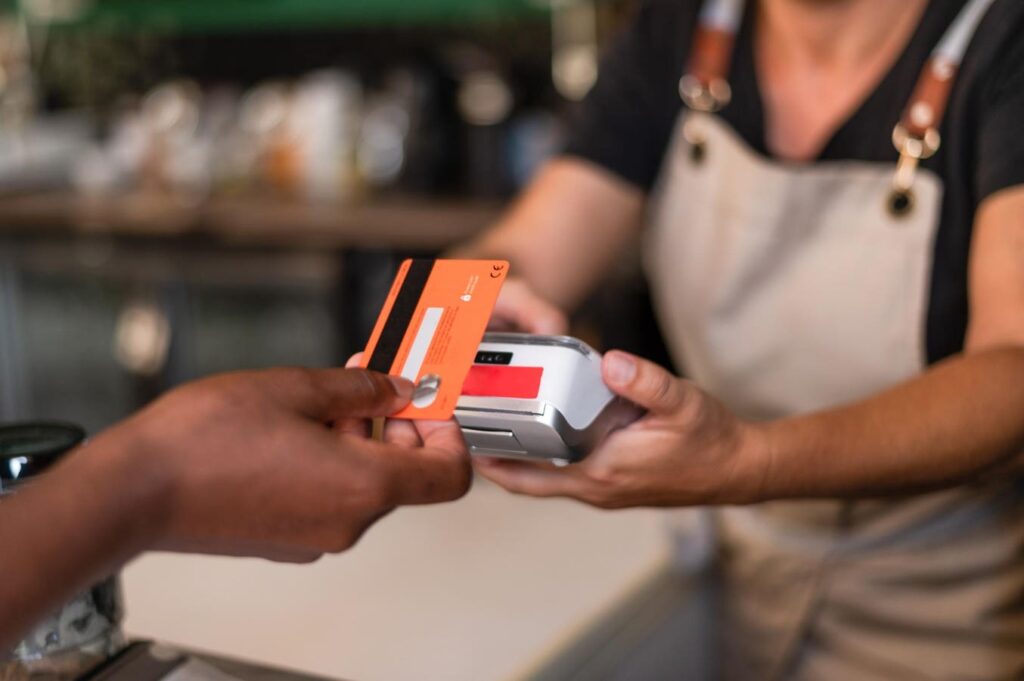Fiona Roach Canning is the co-founder and CEO of Pollinate.
The U.S. is a nation of small and medium-sized businesses (SMBs).
While NYSE, S&P and Nasdaq businesses might dominate the airwaves, SMBs are the backbone of the U.S. economy. The U.S. Chamber of Commerce estimates that there are over 33 million SMBs across the U.S. employing more than 61 million people.
This key segment of the U.S. economy represents millions of customer interactions and payments every day. As digital payments come to the fore, the race to facilitate these payments has become a huge market opportunity with the value of merchant acquiring forecast to hit $41.75 trillion globally by 2026.
More than this, however, onboarding merchants for payment services is a key means of selling further financial products and developing long-lasting customer loyalty. Research indicates, for example, that providing merchant services to an SMB leads to an 11% uptick in monthly average deposit balances, 13% higher product adoption rates and customer relationships that last on average 10% longer.
It’s no surprise then that the race for dominance in merchant acquiring has become a key battleground between the traditional banking sector and a wide array of fintech and paytech businesses.
Fintechs To The Fore?
Recent years have seen fintechs and paytechs make inroads in merchant acquisition. At the simpler, micro-business end of the market, Square and Zettle have become key players, while competitors such as Toast have emerged to service more complex SMBs that require specialized business software and bundled payments.
Fintechs have achieved this penetration not by competing on price, but rather on customer experience (CX). Banks on the other hand have been hampered by their complexity and scale. They are generally larger institutions that came of age in the pre-digital era, making great CX harder for them than for their fleet-footed challengers.
For the banking sector, losing market share here means lost revenue and lost opportunities to supply the SMB economy with a broader array of financial services. Wider business banking services are worth on average around three times the value of merchant acquisition with every 100,000 SMBs being worth around $1 billion in banking revenue.
The current market trend in merchant acquiring then, whereby fintechs and paytechs continue to penetrate this market, is not something the banker sector wants to see continue.
The Bank Strikes Back
So, how can banks respond to this challenge and win back the merchant acquiring market?
The first step for banks looking to succeed in this market is to capitalize on the natural advantages they already have. In terms of infrastructure, banks are in a good place when it comes to merchant acquisition. Firstly, banks have back books of SMBs, which represent a wealth of potential customers. With long-established sales teams and call centers, banks can take a multichannel approach to these potential customers. This is a more human approach to merchant acquisition that gives a significant advantage to banks compared to fintechs that often rely on a single channel for customer acquisition.
When it comes to pricing, too, banks operate on a scale that most fintechs don’t. This means they can be competitive on price to get SMBs over the line and into the sales funnel for further products. Likewise, the heritage of banks brings with it a degree of trust that is also an advantage. When it comes to partnering with a new independent software vendor (ISV) for example, customers are more likely to trust novel tech when it’s fronted by a bank than when it’s fronted by a relatively unknown fintech, in my experience.
If banks lean into these advantages, they can succeed in merchant acquiring. So, what’s holding them back?
Currently, the advantages a bank has in terms of depth and breadth of services and heritage are also, ironically, a disadvantage when it comes to delivering intelligently integrated merchant services. The large and complicated nature of banks leaves them prone to silos. For SMB customers, this can mean broken customer journeys, multiple logins and poor CX. Compared to more nimble fintechs with a smaller range of services, banks can feel clunky and disjointed.
By most metrics, merchant-acquiring products offered by banks are as competitive or more so than those offered by fintechs, based on my experience. What fintechs are currently selling that the banks aren’t, however, is experience. Businesses such as Square, Toast, Zettle and more offer customers seamless experiences that make running SMBs smoother.
The competition then isn’t just about fees and services; it’s about CX and integration. In my last article, I explored how banks are approaching this challenge in 2025 and how experience-as-a-service (EaaS) platforms are supporting this. EaaS can help banks break through the silos and deliver the integrated experience of a fintech, combined with the advantages that come with a bank.
Given the emergence of EaaS, fintechs shouldn’t bank on having won the race for merchant acquisition. Banks retain inherent advantages and core audiences of SMBs. Key to capitalizing on these advantages will be strategic partnerships. By partnering with the right ISVs and leveraging the advantages they already have, however, banks can become a seamless front door to this kind of tech, and deliver the CX ever-more digitally native SMB customers demand.
Forbes Finance Council is an invitation-only organization for executives in successful accounting, financial planning and wealth management firms. Do I qualify?
Read the full article here
